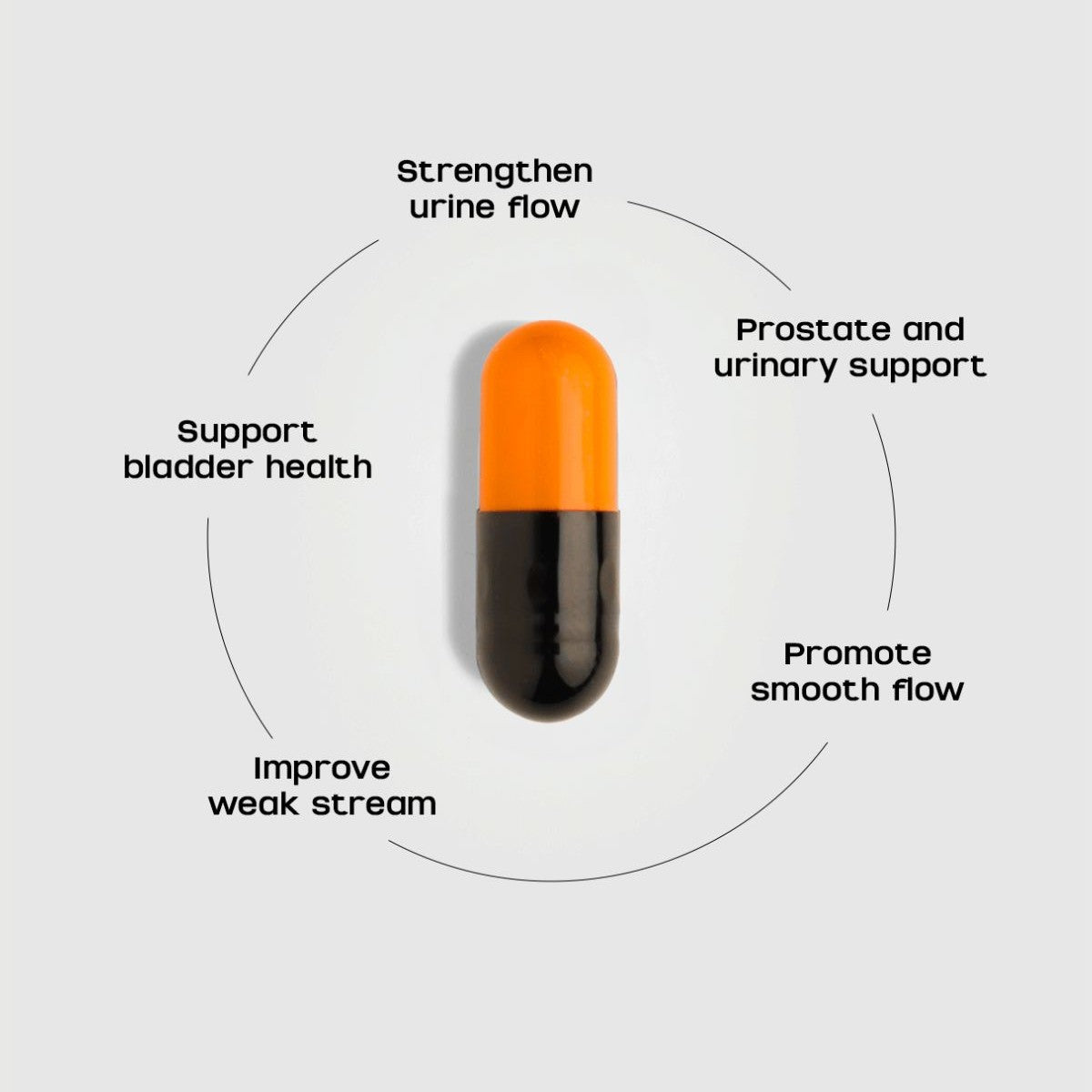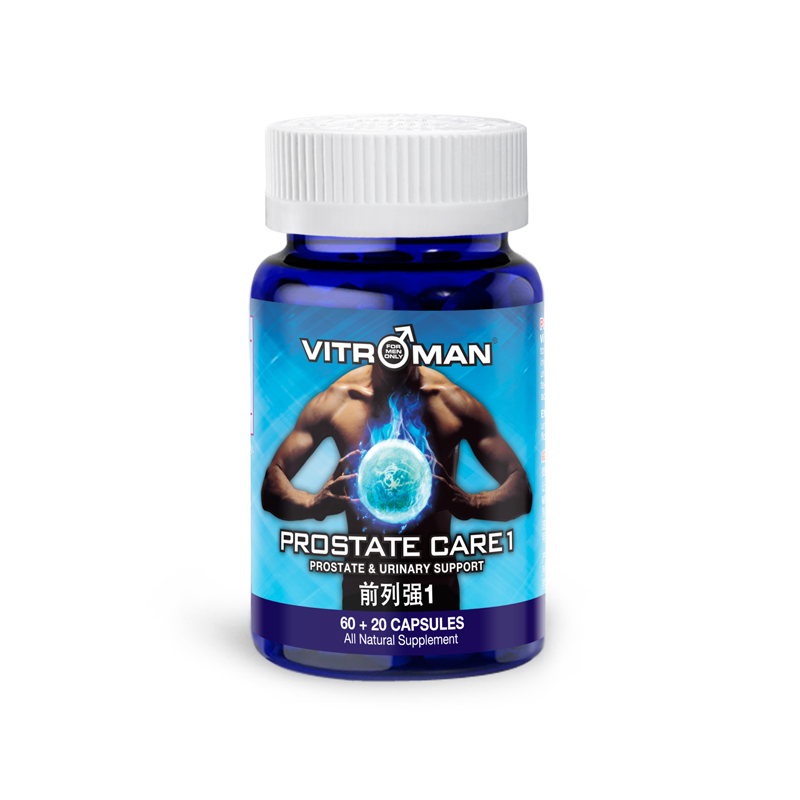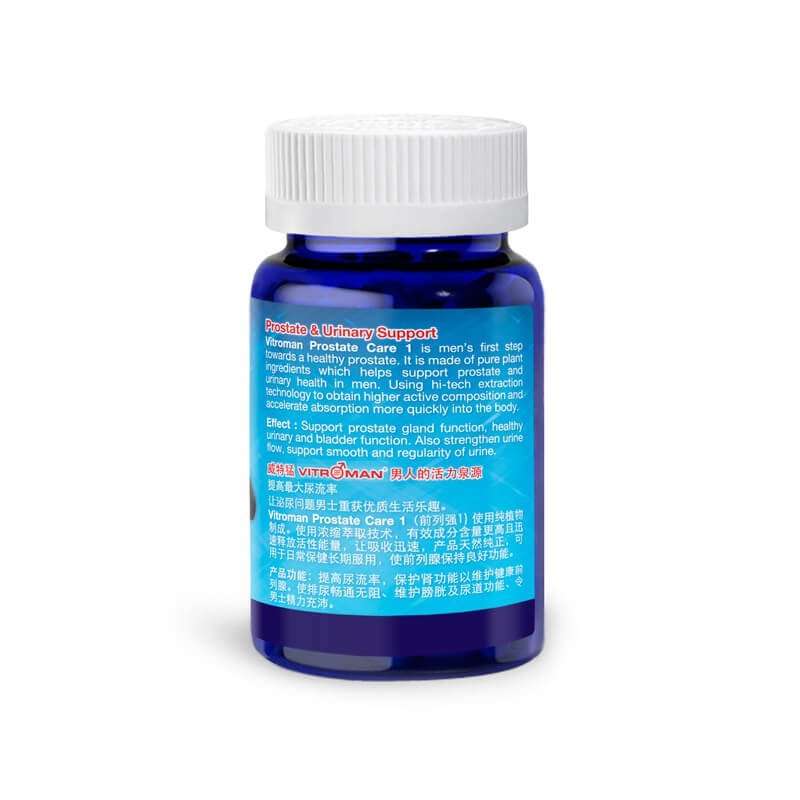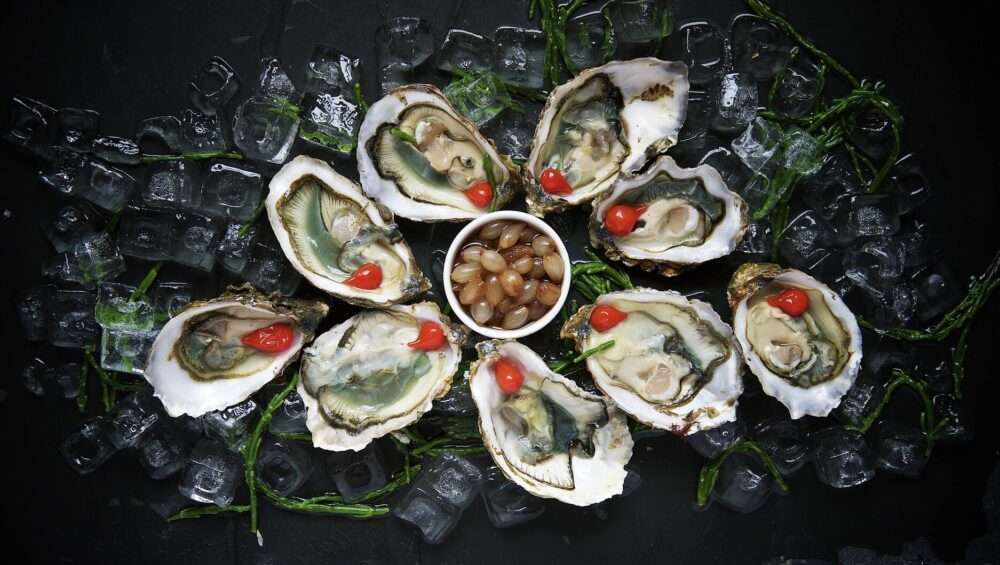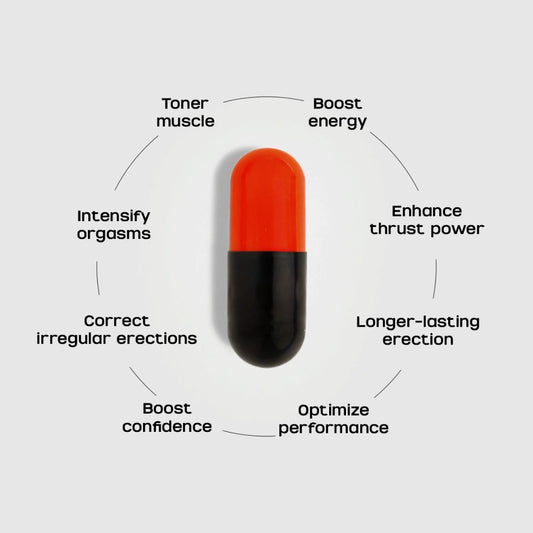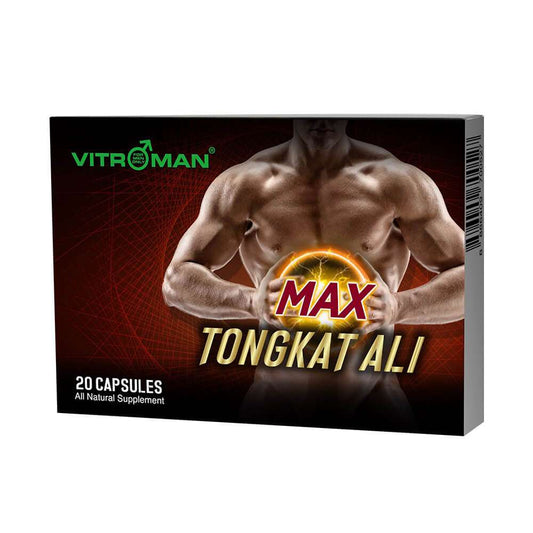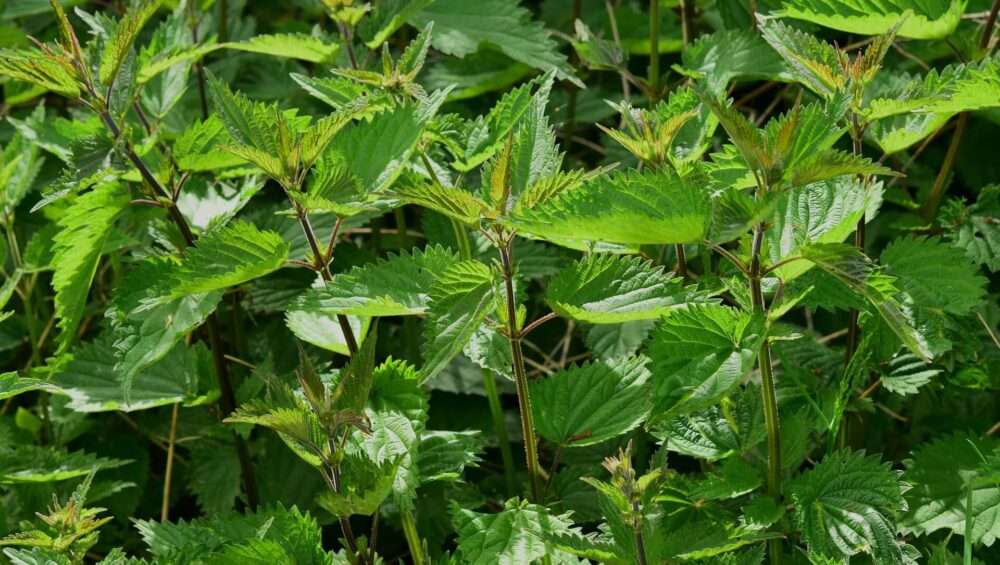
The Benefits and Uses of Stinging Nettle
Share
Stinging Nettle, commonly known as Huo Ma, was historically called Mao Miao or Qian Grass. In the Ming Dynasty, Li Shi Zhen's "Compendium of Materia Medica" stated: "Stinging Nettle, pronounced as 'xun'." He also mentioned: "Stinging Nettle is also called Mao Sou, originally written as Sou. Du Fu has a poem about removing sou grass, which refers to this." Stinging Nettle has a strong ability to survive, and you can find it along farm paths, grassy slopes, ditches, field ridges, and even by roadsides and around houses. They are easily identifiable by their bright green color and hairy appearance.
How Stinging Nettle stings?
Research shows that Stinging Nettle plants sting because of tiny hairs on their surface. These hairs are sharp at the tip, hollow in the middle, and have a gland at the base that secretes formic acid, which causes irritation. When someone touches the Stinging Nettle, the tip of the hair breaks off, releasing formic acid and causing a stinging sensation. This acts as a defense mechanism to deter herbivores. If you suddenly feel a sting, like a scorpion bite, while collecting specimens or cutting grass in shady, damp areas, you may have encountered a Stinging Nettle. Don't worry too much; wash the area with soapy water to ease the pain.
Where is Stinging Nettle's stinging hairs?
Stinging Nettle's stinging hairs are found on its stems, leaves, and flowers. These hairs are only a millimeter or two long and transparent, making them hard to see in the wild. Therefore, it's essential to recognize the plant itself. Stinging Nettle plants are usually about a meter tall, with slender, four-angled stems, and branching leaves that have a saw-toothed edge and vary in shape from uncut to deeply lobed.
Is Stinging Nettle edible?
Despite its sting, Stinging Nettle is edible and nutritious. Stinging Nettle leaves are high in protein and low in fiber, making them excellent livestock fodder. The Ming Dynasty dictionary "Shu Yu" records that Stinging Nettle leaves were used to feed pigs, which thrived on them. Humans also eat Stinging Nettle in many parts of the world, including China and Europe. Recently, traces of Stinging Nettle soup were found in 3,000-year-old bronze pots in the UK.
What nutrient does Stinging Nettle has?
Stinging Nettle stems and leaves are rich in protein, vitamins, carotene, and various minerals like phosphorus, magnesium, iron, zinc, manganese, silicon, sulfur, calcium, sodium, cobalt, copper, and titanium.
How to eat Stinging Nettle?
They can be prepared in various dishes, such as salads, soups, baked dishes, Stinging Nettle juice, drinks, supplements, and seasonings. Stinging Nettle seeds are also high in protein and fat, similar to oil crops like hemp, sunflower, and flax. Stinging Nettle seed oil has a unique flavor and health benefits.
Economic value of Stinging Nettle
Research shows that Stinging Nettle is a valuable wild plant and crop with uses in fiber, food, medicine, and high-quality feed. Stinging Nettle stem fibers are strong, shiny, and easy to dye, making them suitable for textiles, ropes, and carpets.
Nutritionally, Stinging Nettle is comparable to alfalfa, clover, and legumes, making it an excellent feed for livestock. In summer and autumn, Stinging Nettle is harvested, dried, chopped, boiled, and mixed with bran to feed pigs, which quickly become healthy and robust. During the peak summer, livestock may avoid it, but in late autumn and winter, when the bitterness diminishes, cattle, horses, camels, and sheep eagerly consume it.
13 Benefits of Stinging Nettle
- Anti-Inflammatory Effects – Stinging Nettle is a natural anti-inflammatory that can alleviate muscle and joint pain. It is effective in treating arthritis pain and related joint conditions such as bursitis, tendonitis, and rheumatism. If you suffer from severe joint pain, using nettle oil and massaging it into the affected area can help relieve arthritis pain.
- Reduces Allergic Reactions – Stinging Nettle contains effective chemicals that can help with common allergies. Various studies show that its leaves are useful in treating allergic reactions. It has antihistamine properties that can inhibit pollen allergies, such as coughing, sneezing, hay fever, asthma, and hives.
- Anti-Infective – Stinging Nettle has medicinal properties, making it a natural diuretic that can help with health issues like uterine infections. If you have kidney stones, using this plant as a natural home remedy can help reduce symptoms and treat the condition. The compounds in the plant can gradually break down the stones into smaller pieces, which are then excreted through urine. It is also used to treat digestive issues like dysentery and diarrhea.
- Enhances Skin Glow – You can use Stinging Nettle as an astringent for your skin. It helps treat skin conditions and provides a bright glow by eliminating free radicals from your skin.
- Facial Cleanser – A mixture of nettle leaves works well in facial care. Its anti-inflammatory properties are also used to treat skin burns. Regularly drinking nettle tea helps remove toxins that negatively affect your skin, such as scars and blemishes.
- Fights Skin Diseases – Its benefits extend beyond facial care, helping you combat skin diseases like chickenpox, insect bites, and eczema.
- Increases Circulation – Stinging Nettle contains ample iron and vitamin C, making it ideal for producing hemoglobin. It gradually increases your blood volume, aiding in the healing process for injuries. Due to its iron content, it is also useful in treating anemia and other acute mental disorders.
- Reduces Prostate Cancer Risk – Many men are affected by prostate cancer symptoms annually, which is quite concerning. Researchers have developed various drugs and techniques to treat many painful conditions. They also discovered that Stinging Nettle is effective against prostate cancer. The nutrients in nettle leaves have been shown to inhibit the growth of prostate cancer in men.
- Promotes Bone Health – Stinging Nettle's nutritional content includes beneficial substances like boron. The nutrients in nettle support bone health by providing essential elements needed for bone metabolism. Regular consumption of nettle can also reduce the incidence of osteoporosis in postmenopausal women.
- Acts as a Detoxifier – The nutrient content of Stinging Nettle makes it a powerful herb with multiple components. It acts as a natural purifier, effectively removing toxins and harmful substances from the body. Adequate consumption can neutralize toxic chemicals in the body. It also plays a crucial role in digestion by promoting the elimination of harmful substances.
- Prevents DNA Mutations – We sometimes unknowingly expose ourselves to environmental toxins that harm our health. These toxins can cause mutations, leading to cancer. However, adding nettle tea to your daily diet can address these issues, as it has been shown to prevent cell membrane and DNA damage.
- Prevents Hair Loss – Stinging Nettle can also help with damaged hair. Its oil is widely used to treat hair loss issues. Nettle oil and capsules are available in the market, and you can use them to massage your scalp.
- Promotes Hair Growth – Rich in sulfur and silica, Stinging Nettle can accelerate hair growth and make your hair healthier and shinier. You can also use it in hair care products to promote hair regrowth.



